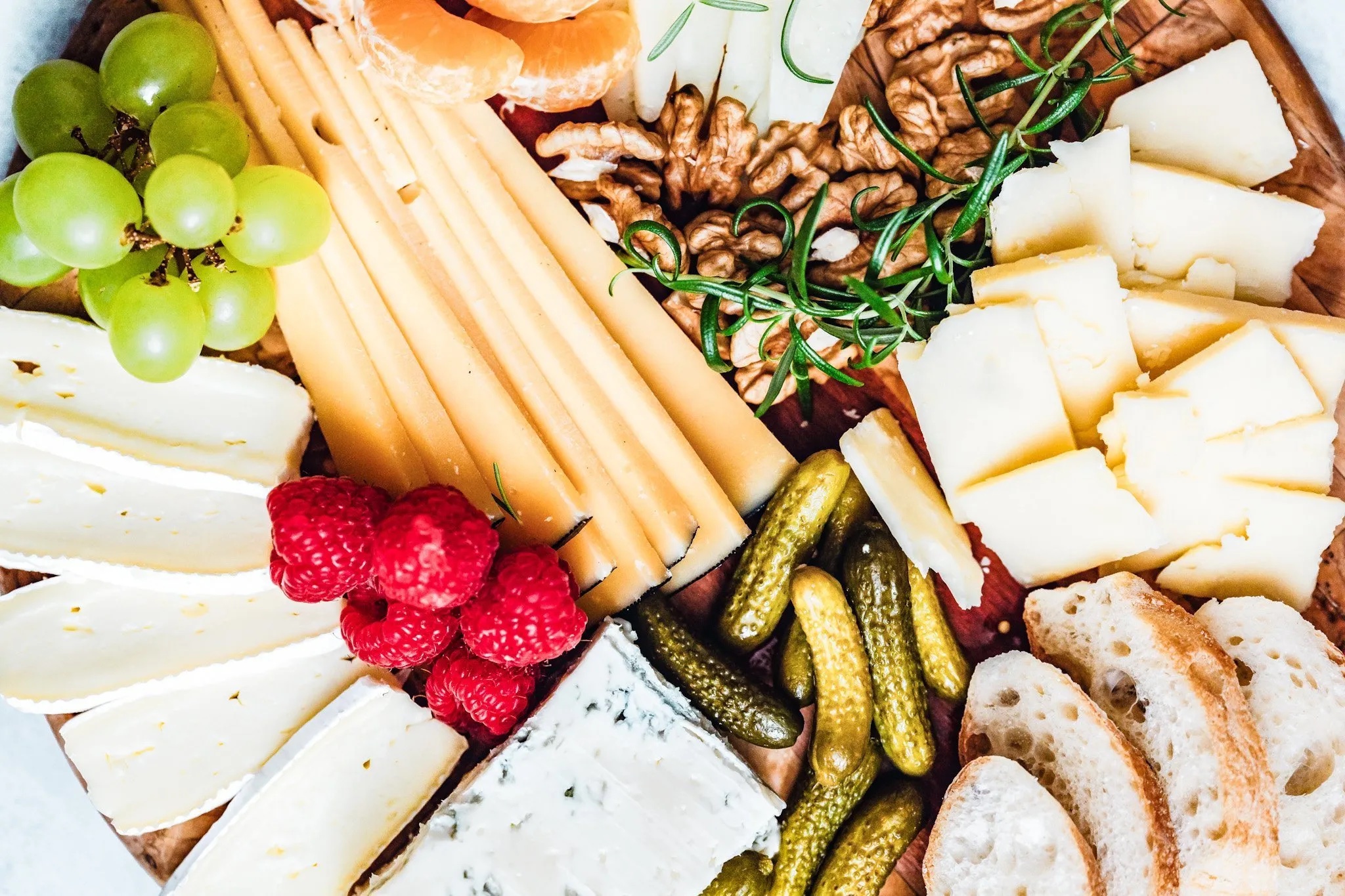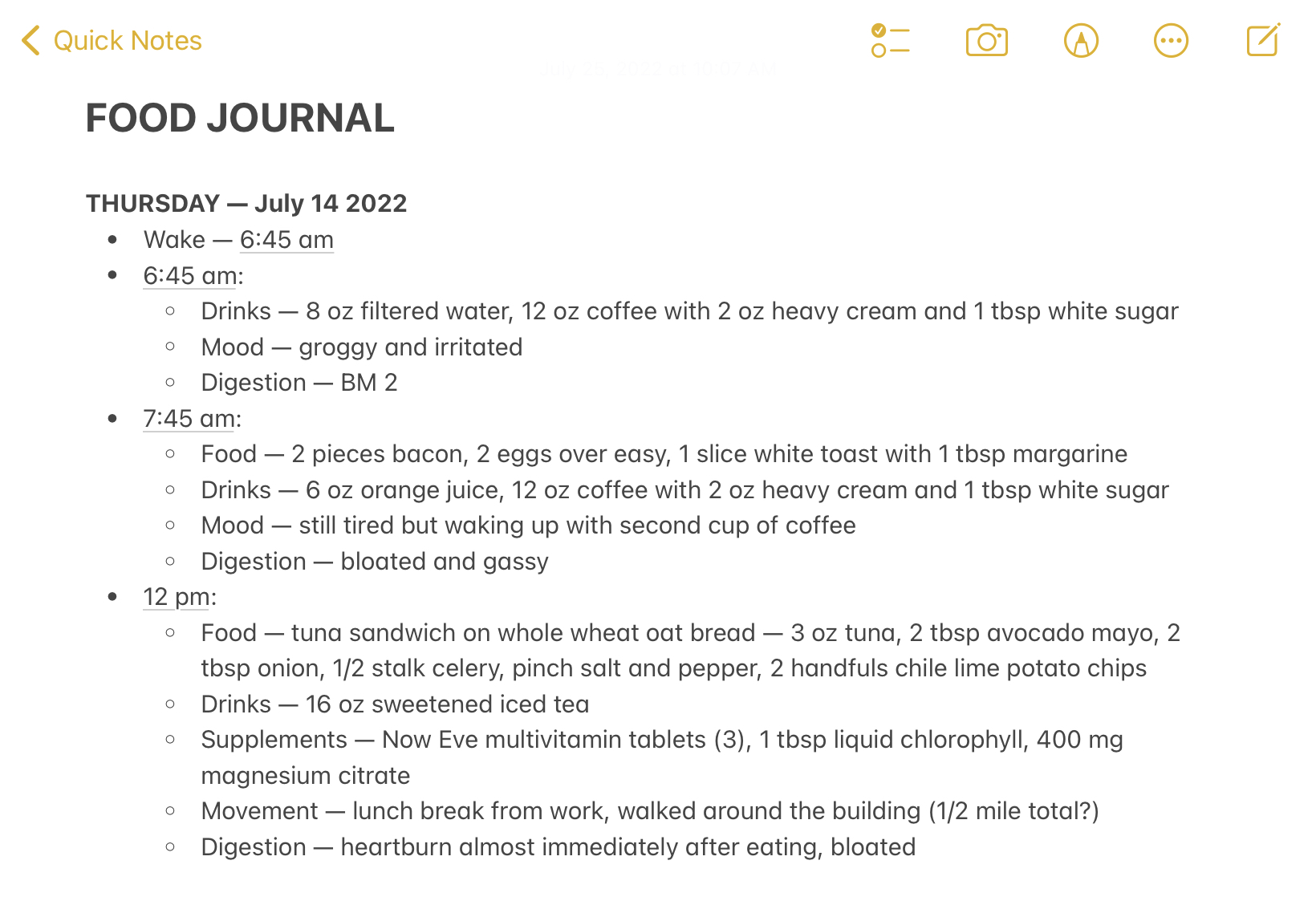what is a bioindividual diet?

Written by Heather Hart | @howtonourish
Bioindividuality is the goal in functional nutrition. Learn more about how following a bioindividual diet can help you work toward your health and wellness goals.
POV: You’re a mom.
You’re tired.
You’ve tried every new or trendy diet.
You can’t seem to ever…
- feel really good
- find energy to function optimally
- reduce cravings for sugar or carbohydrates
- or reach your ideal weight
If this sounds like you, I highly recommend trying a bioindividual diet.
what does "bioindividual" mean?
Each individual is unique. Just like no two sets of fingerprints are alike, no two human bodies are exactly alike. We all function off the same air, water, and foods from nature, but exactly what that looks like for you is highly individual to you.
Things that affect our bioindividual needs include:
- Ancestry
- Childhood and upbringing
- Where you live
- The season of life you’re in
- How much you move, and how you move
- What your gut terrain looks like
- History of trauma
- Current eating and lifestyle habits
- and so many other factors
The particular foods that serve you in this moment are likely not the same as mine or anyone else’s. The toughest part of this may be finding what actually does work best for you right now. The answer often comes down to trial and error.
Here are six tips for finding your perfect bioindividual diet.
1. start with what your ancestors ate
If you know your ancestry, start there for finding your best foods. What grew well in your ancestors’ native lands? If you have a blend of ethnicities in your family, look at them all for clues to your best foods and eating habits. This can often point you in the right direction and help you change your eating habits to support your optimal health.
Here are two examples from my personal experience:
- I come from a mostly northern and eastern European background, so my ancestors often ate lots of fish, ruminant animals, root vegetables, some fermented grain, fruits like native berries, and little above-ground vegetables. Sticking to a diet similar to this is what works best for me, but I also know my ancestry is very narrow because my family has tracked my lineage well.
- As a different example, my husband is considered more of a typical American of today. His ancestry traces back to literally everywhere in the world, from Mexico to Africa, all over Europe and Asia, and most everywhere in between. His ancestry is incredibly broad and because of that he can eat pretty much everything. Still, there are some foods that have been less-than-ideal for him during certain seasons of life.
Where to start looking through your ancestry? One way is to talk to your family about your history. If your grandparents or great-grandparents are still alive, see what they can tell you. That’s a great place to start, and you can often learn a lot about your heritage if you simply ask.
Another way is to take a DNA test like 23andMe or AncestryDNA, which will give you a fairly vast look at your genetic makeup. My husband and I were gifted with 23andMe many years ago and it was really interesting to see what our ancestry compositions looked like.
2. eat local and seasonal
Your body acclimates to your surroundings and its needs change depending on your location in the world. What we need to eat in a dry 113ºF Arizona summer is very different than a humid Louisiana summer, and especially an Alaska winter. There’s a reason we crave warm stews with fatty meats and root vegetables during winter, but we crave fresh watermelon and barbecue chicken legs in the summer. Our bodies need different things at different times of year!
Along with the changes in climate come changes in landscape as well. The dirt in Arizona is very different than the dirt in Louisiana and Alaska, so what grows well there is also different. Because you are constantly inhaling the dirt and pollen from your current home, your body will become accustomed to it. Eating locally and seasonally is a game changer.
To start, research what crops grow well in your local area during each season. Seasonal Food Guide is my favorite resource for finding seasonal produce for my clients. You can search by state and month to see what is in season for you today.
If you have a farmers market nearby, use that resource to easily find seasonal foods that grow in your local area. To make shopping at the grocery store easier, create a list from your research and try your best to shop for and eat seasonally appropriate local foods. The greatest news here is that seasonal local produce is often less expensive because it doesn’t have to travel as far.
One more thing: If you’re up for the challenge, start a garden at home. Even a few pots in a windowsill or on a high-rise patio can help you eat a more appropriate diet. Gardening is also a great way to reduce stress, which can have a profound impact on your health and wellbeing, as well as make following a bioindividual diet easier.
3. keep a food & lifestyle journal
This is a great way to track your day-to-day and start tying foods (or habits) to symptoms you may be experiencing. If every time you eat a specific food you have a digestive upset or mood change, that’s a huge clue that the food may not work for you. This can be a really powerful way to find your bioindividual dietary needs.
Tracking your daily habits along with mood and digestive function can help you listen to your body in a way that is tough through just memory logging alone. It’s so easy to forget what you ate, how much, how you felt during exercise, etc because we are busy throughout the day. Writing it down in an organized journal format can help so much with connecting the dots.
Not only that, but tracking also allows you to measure your progress over time. For example, if you have been struggling with heartburn and nausea after eating, logging your meals and symptoms in a journal for a week or so each month can show you how changing up the foods you eat is improving how you feel. This is another way that connecting the dots is beneficial, but over the long-term.
To easily create a Food & Lifestyle Journal, grab a spiral notebook or open a new note on your phone. That’s it! Make sure everything you log has a date and time so you can easily spot patterns.
Here’s an example of a Food & Lifestyle Journal logged in a phone note:

4. try isolating trouble foods
Although I don’t usually recommend mono-meals for lack of nutrient variation, trying single foods on their own can be powerful in helping you find what your body likes and needs. Try eating a food on its own, for example a piece of cheese, to see how it makes you feel. If you feel great after, great! Keep it on rotation and consider it part of your ideal bioindividual diet.
If you feel off or have a digestive reaction of some sort, remove that one food from your diet for 4-6 weeks, then try it again. When you’re ready to reintroduce the food, eat it away from other foods as before. What happens? If you still have symptoms, I recommend working with a practitioner to figure out what is causing your symptoms. A functional nutritionist (like me!) can help you narrow down trouble foods and find your root cause so that you can start eating foods you love again.
A third way to isolate trouble foods, and more quickly, is by following an elimination diet. If this is a route you want to try, I highly recommend working with an experienced practitioner to make sure you are approaching the diet safely and avoiding nutrient deficiencies that may be more harmful in the long run. I would love to help! (Click here to book a free discovery call.)
5. learn about your body
Our bodies are all so different and your individual circumstances govern what works for you vs. what works for someone else. It is rare that two people should be eating, moving, and living exactly the same lifestyle, even within the same family.
A starting point to learning about your body: Women and men should eat differently. A biologically appropriate bioindividual diet is key.
And now a fact… A good majority of studies in the fields of nutrition and exercise have been done on men or non-cycling women. Have you heard of intermittent fasting that everyone’s been talking about? Yep, studies done on men. For women, intermittent fasting is a quick way to throw off your blood sugar and cause hormone imbalances that can lead to a host of health issues, like hypothyroid and slow metabolism to name only two.
If you are a woman, and I’m assuming you are because you’re reading my blog post, please know that it is most beneficial for you to approach nutrition and exercise with the phase of your menstrual cycle in mind. Why? Women (of childbearing age) are cyclical beings and our hormones run on a monthly clock, not a 24-hour clock like men. Our hormones are changing day-by-day as our cycle progresses, meaning our nutrient and exercise needs are also changing day-by-day.
6. this is not about perfection!
It’s about progress, pride, and peace.
Progress – Make tiny changes to improve 1% every day. Think about how amazing a painting would look if you added just one brush stroke per day for one year. That adds up to 365 brush strokes and probably a beautiful piece of art. Enjoy the journey! The destination is great, but the journey is what makes you who you are.
Pride – Be proud of what you’re doing for your health because you took a step toward a better life, even if that step is simply reading this blog post so you can learn more before making a change. If you are already in the thick of changing your habits, I applaud you because you’re doing the hard thing! Take a few quiet moments to reflect on where you were, where you are now, and where you’re going. It’s okay to be proud of yourself.
Peace – Stress is the number one root cause I see in my practice. Living in a constant state of stress can lead to chronic health issues with nearly every system in the body. Take steps to destress as much as you can and your body will thank you. If you cannot get away from your most pressing stressors, do what you can to lighten the load anywhere else. Try to picture a bucket and every stressor pours into the bucket; eventually the bucket becomes full and burnout happens. If you can start to take stressors out of the bucket, the ones you have to leave in for now will feel less heavy.
circling back to a bioindividual diet
Now that you have some tools in your belt to find your ideal bioindividual diet, make a plan and get to work. The hardest part is always getting started! Once you have some momentum going it gets easier every day.
If you’re struggling to make it work and you would like some support through your journey, I would love to work with you! I am currently waitlisting new clients as I build up my practice. Click the button below to join my waitlist. Cheers to better health!
want to learn more about working together?

about heather
Hello friend! I'm Heather, Nutritional Therapist and Perinatal Minerals Expert. As a mother of three littles, I am constantly thinking about how I can support my body and mind with healthy nutrition and lifestyle choices. As a practitioner, I would like to pass that knowledge on to you! I love to cook, eat, and teach others all the things I know. I hope you'll stick around and consider me a part of your village. ♥